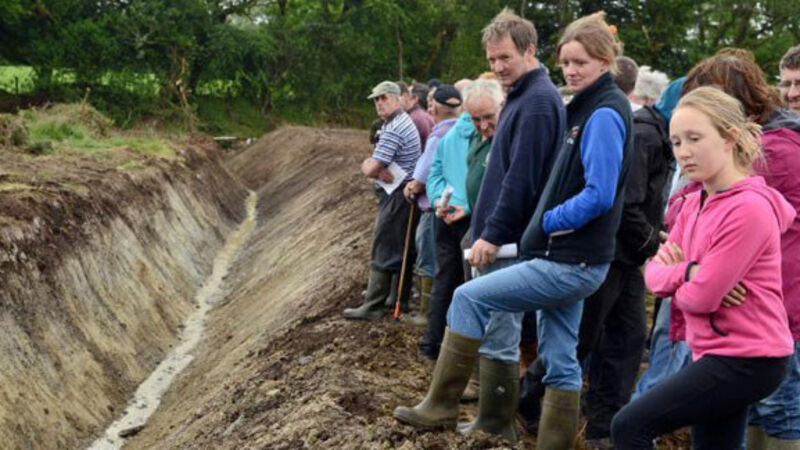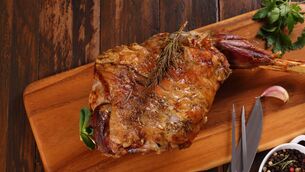‘Stone for land drainage is too big and most land drainage systems are poorly maintained’

This dairy levy-funded research programme is designed to increase the profitability and sustainability of farming on heavy soils, through increased grass production and utilisation.
Open days were organised during the summer at four of the nine grassland farms selected to take part, on which drainage systems have been installed.
This Teagasc initiative is operated jointly by Teagasc researchers and advisors, and supported by Kerry Agribusiness and the Dairygold and Tipperary Co-operatives.
Teagasc advisers involved in the programme say the stone for land drainage should be clean aggregate in the 10–40 mm (0.4 to 1.5 inch) grading band.
They also say sub-soiling is not effective, unless a shallow impermeable layer is being broken, or field drains have been installed prior to the operation. Otherwise, it will not have any long-term effect, and may do more harm than good.
The heavy soils programme advisers say most land drainage systems are poorly maintained. Open drains should be clean and as deep as possible, and field drains feeding into them should be regularly rodded or jetted.
No drainage work should be carried out before the drainage characteristics of the soil are established by a site and soil test pit investigation.
A groundwater drainage system or a shallow drainage system will be chosen, depending essentially on whether or not a permeable layer is present (at a workable depth) that will allow the flow of water with relative ease.
If such a layer is evident, a piped drain system is likely to be effective, at this depth.
If no such layer is found during soil test pit investigations, it will be necessary to improve the drainage capacity of the soil.
This involves a disruption technique such as mole drainage, gravel mole drainage, or sub-soiling in tandem with field drains.
Drains are not effective unless they are placed in a permeable soil layer, or complimentary measures (mole drainage, sub-soiling etc) are used to improve soil drainage capacity. If water isn’t moving through the soil in one or other of these two ways, the water table will not be lowered.
Outfall level must not dictate the drainage system depth. If a permeable layer is present, it must be utilised.
Drain pipes should always be used for drains longer than 30 metres. If these get blocked, it is a drainage stone and not a drainage pipe issue.
Drainage stone should not be filled to the top of the field trench except for very limited conditions (the bottom of an obvious hollow). Otherwise, it is an extremely expensive way of collecting little water.
The programme findings will be relevant for farmers on 1.44m hectares of lowland mineral wet soils, and some of the 0.78m hectares classified as blanket and basin peat.
It includes design and installation of drainage systems to remove excess water from soil; optimising the soil fertility of poorly drained soil in high rainfall regions; grazing infrastructures that facilitate grazing in difficult weather conditions while minimising pasture poaching; grassland management systems that optimise production efficiency; and renovation of damaged pasture and soils to reduce surface roughness, increase plant density and reduce soil compaction.
A large proportion of milk and meat produced in Ireland originates from farms where the soils that can be classified as heavy.
Heavy soils add complexities to the production system that are aggravated by inclement weather conditions.
The farmers in the heavy soils programme are lan Wood, Crossmolina, Co Mayo; Danny Bermingham, Doonbeg, Co Clare; John Leahy, Athea, Co Limerick; Donal and Michael Keane, Lisselton, Co Kerry; John O’Sullivan, Castleisland, Co Kerry; Seán O’Riordan, Kiskeam, Co Cork; Con and Neilie Lehane, Ballinagree, Co Cork; TJ and Tom Ryan, Rossmore, Co Tipperary; and Daniel O’Donnell, Cappoquin, Co Waterford.









